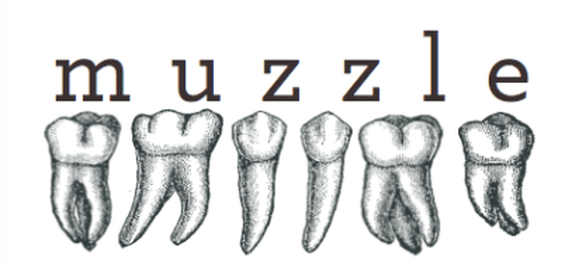 As a devoted reader and student of poetry, I sometimes find myself obsessed by the mechanics of poems: what, exactly, makes any given poem work? How does any given poet use any given craft element to her benefit? Some of us can write movingly in a more intuitive fashion, without ever wondering out loud what makes our poems work, and some of us are compelled to ask, again and again. I don't know Natalie Diaz personally, but I saw her speak on a panel at the Brooklyn Book Festival a few weeks ago, and I got a good impression of her highly exacting mind. I loved how seriously she considered the questions posed her, and the intelligence of her answers. Before that, though, I had the chance to read some of Diaz's wonderful poems. If I had to pick my favorite aspect of her style, image would come out on top. Diaz's imagery is remarkable. When she creates a picture or an icon, it's gorgeous, important, and resilient. Image is one of the cornerstones of great poetry, and Diaz is establishing herself as a master of this element. This is one of many things she does well, of course - but I find myself savoring the resonant sensations her poems impart days and weeks later, and I hope they'll thrill you, too. The poem below was previously published in Diaz's book, When My Brother Was an Aztec, published by Copper Canyon Press. * When the Beloved Asks, “What Would You Do If You Woke Up and I Was a Shark?” My lover doesn’t realize that I’ve contemplated this scenario, fingered it like the smooth inner iridescence of a nautilus shell in the shadow-long waters of many 2 a.m.s—drunk on the brine of shoulder blades, those pale horns of shore I am wrecked upon, my mind treading the wine-dark waves of luxuria’s tempests-- as a matter of preparedness, and because I do not sleep for fear of such things, and even other things—I’ve read that the ocean is a large pot of Apocalypse soup soon to boil over with our sins-- but a thing is a thing, especially if it’s a 420-million-year-old beast, especially if you have wronged as many as I. Beauty, it is simple, more simple than a beloved can imagine: I wouldn’t fight, not kick, flail, not carry on like one driven mad by the black neoprene wetsuit of death, not like sad-mouthed, despair-eyed albacore nor blubbery pinnipeds, wouldn’t rage the city’s flickering streets of Ampullae of Lorenzini, nor slug my ferocious, streamlined lover’s titanium white nose, that bull’s-eye of cartilage, no, I wouldn’t prolong it. Instead, I’d place my head onto that dark altar of jaws, prostrated pilgrim at Melville’s glittering gates, climb into that mysterious window starred with teeth—the one lit room in the charnel house. I, at once mariner, at once pirate, would navigate my want by those throbbing constellations. I’d wear those jaws like a toothy cilice, slip into the glitzy red gown of penance, and it would be no different than what I do each day—voyaging the salt-sharp sea of your body, sometimes mooring the ports or sighting the sextant, then mending the purple sails and hoisting the masts before being bound to them. Be-loved, is loved, what you cannot know is I am overboard for this metamorphosis, ready to be raptured to that mouth, reduced to a swell of wet clothes, as you roll back your eyes and drag me into the fathoms. * Natalie Diaz was born and raised in the Fort Mojave Indian Village in Needles, California. She is Mojave and an enrolled member of the Gila River Indian Tribe. She was part of the Old Dominion Lady Monarch basketball team that made it to the NCAA Championship game in 1997. After playing professional basketball in Europe and Asia for several years, Diaz returned to Old Dominion and completed a double-MFA in poetry and fiction. Her first poetry collection, When My Brother Was an Aztec, was published by Copper Canyon Press in May of 2012. She was awarded a 2012 Lannan Literary Fellowship, the 2012 Narrative Prize from Narrative Magazine, and a 2012 Native Arts & Culture Foundation Artist Fellowship. Diaz is part of the IAIA low residency MFA faculty in Santa Fe and currently lives in Mohave Valley, Arizona, where she directs the Fort Mojave Language Recovery Program, working with the last remaining speakers at Fort Mojave to teach and revitalize the Mojave language. Comments are closed.
|
Archives
June 2024
Categories |

 RSS Feed
RSS Feed